
Negative Credit card balance
Published July 26, 2024
•
Last updated December 17, 2024
8 min read
A negative credit card balance sounds like an alarming thing, but it's nothing to be worried about.
If you see a negative balance on your account statement, then you must feel happy rather than troubled because it means that you do not owe any outstanding debt. Rather, the credit card issuer owes you money. While the issuer won't automatically send you a refund, you are entitled to request one if you prefer to have the money back. Alternatively, you can utilize the negative balance to make purchases, effectively spending the credit without any obligation to repay it before your next billing cycle.
Well, I am going to walk you through the reasons it can happen, its impact on your credit score, how you can neutralize this negative balance, and most importantly, how you can use this negative balance in your favor. So, keep reading through the end and find some interesting information about negative credit card balances.
Possible reasons for a negative credit card balance
There can be multiple reasons behind a negative balance on your credit card. Let me walk you through the most common reasons.
- Overpayment: If you pay more than the outstanding debt, then it is referred to as overpayment. As the name suggests, you pay over the desired amount to the credit card issuer. Some users overpay unintentionally by mistake, while others do it on purpose (which we will cover later in this article). For instance, if your due amount is $1300 and you mistakenly pay $1500, then your credit card account will show a balance of –$200. This negative balance shows that the credit card issuer now owes you -$200.
- Refunds: When you purchase something that you later realize is not worth it, damaged, or unnecessary, then you ought to return it to the vendor. Of course, the vendor doesn't pay you back at that very instant, and it might take some time for your payment to get refunded. If you have initially paid through your credit card, then the payment will be refunded to your credit card. This refunded amount may generate a negative balance on your account if you have a balance of zero or an amount less than the refunded dues. For instance, if your outstanding balance for October 2023 is CAD $500 and your vendor refunds a purchase of CAD $1200, then it will generate a balance of –CAD $700 on your account.
- Waived-off fee: If you have already paid a fee to the credit card issuer but later it is waived off by the authorities and added back to your account, then it can create a negative balance. For instance, if the credit card issuer waives off your late payment fee because you have a history of paying on time, then this fee can appear as a negative balance on your account (provided that your outstanding debt is 0 or less than this fee).
- Rewards: Some credit cards offer you the reward of cashback by redeeming the reward points you earn through your credit card activity. When you redeem those points and get the cash back then it is added to your account. This added amount can also generate a negative balance on your account statement.
- Merchant credits: In Canada, some merchants or sellers may oblige customers with credits issued to their credit card account. This may be done to compensate for a poor service experience that you might have faced. Other reasons for merchant credits include disputes (over faulty products, extra delivery charges, etc), billing errors (double counting a product), or other such merchant-related issues. When a merchant adds credit to your account, there is the possibility that it can exceed your outstanding debt, causing a negative balance on your account.
- Reversed payments: Sometimes, a fraudulent charge may be added to your account activity that you haven't incurred. When prompted timely by the credit card issuer, they take account of such payments, and after reviewing the payment and getting approvals, they reverse the payment to your account. This may take a while, and you may get back that payment in the next billing cycle. This way, when this reversed payment is added to your account, it can generate a negative balance.
- Account adjustment: At times, you can find some billing errors in your statement, which is why it is suggested that you review and reconcile your monthly statement to look for such errors. If you find any such error and report it to the credit card issuer, then they will review the payment and adjust it in your next billing cycle. In addition, the credit card issuer can also offer adjustments for any dispute on account activity or administrative issues. Any account adjustment made due to any of these reasons can lead your account balance to negative.
- Fee reversal: Some fees can be reversed after a while, causing the account balance to appear negative. You might be wondering why any credit card issuer will ever reverse the fee. Well, some credit card issuers charge the annual fee but give you an offer that they will reverse the fee if you use a certain amount of funds (say CAD 5000) in the next month. If you use the credit card as per their specified amount, then you can avail of the reversal offer, and the credit card issuer will reverse the fee in the next billing cycle.
- Interest refunds: If you incur interest charges that are applied by mistake, or sometimes the credit card issuer can oblige some customers by waiving off such charges, then they can be refunded to your account. Such refunded interest charges can also appear as a negative balance on your credit card account.
What to do with a negative credit card balance?
If you see a negative credit card balance, then there are two things you can do with it. But before telling you about those two things, I would suggest you first confirm through your online portal or credit card issuer the cause for the negative balance. This is done to forego any confusion and be 100% sure that the negative balance is, in actuality, yours to take. After confirmation, you can take two courses of action:
- Purchase something: You can simply purchase something with that amount. You can even buy something worth more than your negative balance, causing a positive balance on your account. This way, you can offset the amount of your favorite purchases by some amount that was already there in your account as a negative balance. It always feels good to buy something with the extra money that you weren't expecting in the first place.
- Request a refund: If you are not interested in buying anything, then you can request the credit card issuer to refund the amount to your linked account or via cheque. This way, you can use this amount in monetary form and spend it somewhere you cannot use a credit card, such as to pay rent.
Effect of a negative balance on your credit score?
Many users wonder how this negative balance is going to affect their credit score. The credit bureaus in Canada do not take into account the negative balances. The bureaus, including Equifax and TransUnion, take the negative balance as zero while evaluating your account. This is because the negative balance is usually there for a very limited time. Furthermore, the credit score is based on your credit utilization, payment history, and time you take to repay your debt, which doesn't concern the negative balance in your account. This is why there is no need to feel happy or worried about the effect of a negative balance because it doesn't leave a mark on your credit score.
Why do people create negative account balances intentionally?
Now, to answer the most pressed question that I left unanswered in the section relating to possible reasons for negative balance. Some users intentionally overpay their credit card bills to create a negative balance. They do so to increase their credit limits temporarily. You must be wondering what benefits it can offer to the users to create a negative balance. Well. It surely can offer benefits as they can manage credit utilization or stay within the credit limit before a big purchase. For instance, your credit limit is $3000, and you like an item costing you $3400, but practically, you cannot exceed the account balance from $3000, so you overpay CAD 400 in the last billing month to get an overall credit limit of CAD 3400, but that is temporarily for sure as next month your credit limit will be CAD 3000 again. Similarly, if you do not want to max out the credit limit and keep your credit utilization low, then you can prepay some of the amount before a big purchase to make sure that your credit utilization is low enough to improve your credit score.
Trending Offers
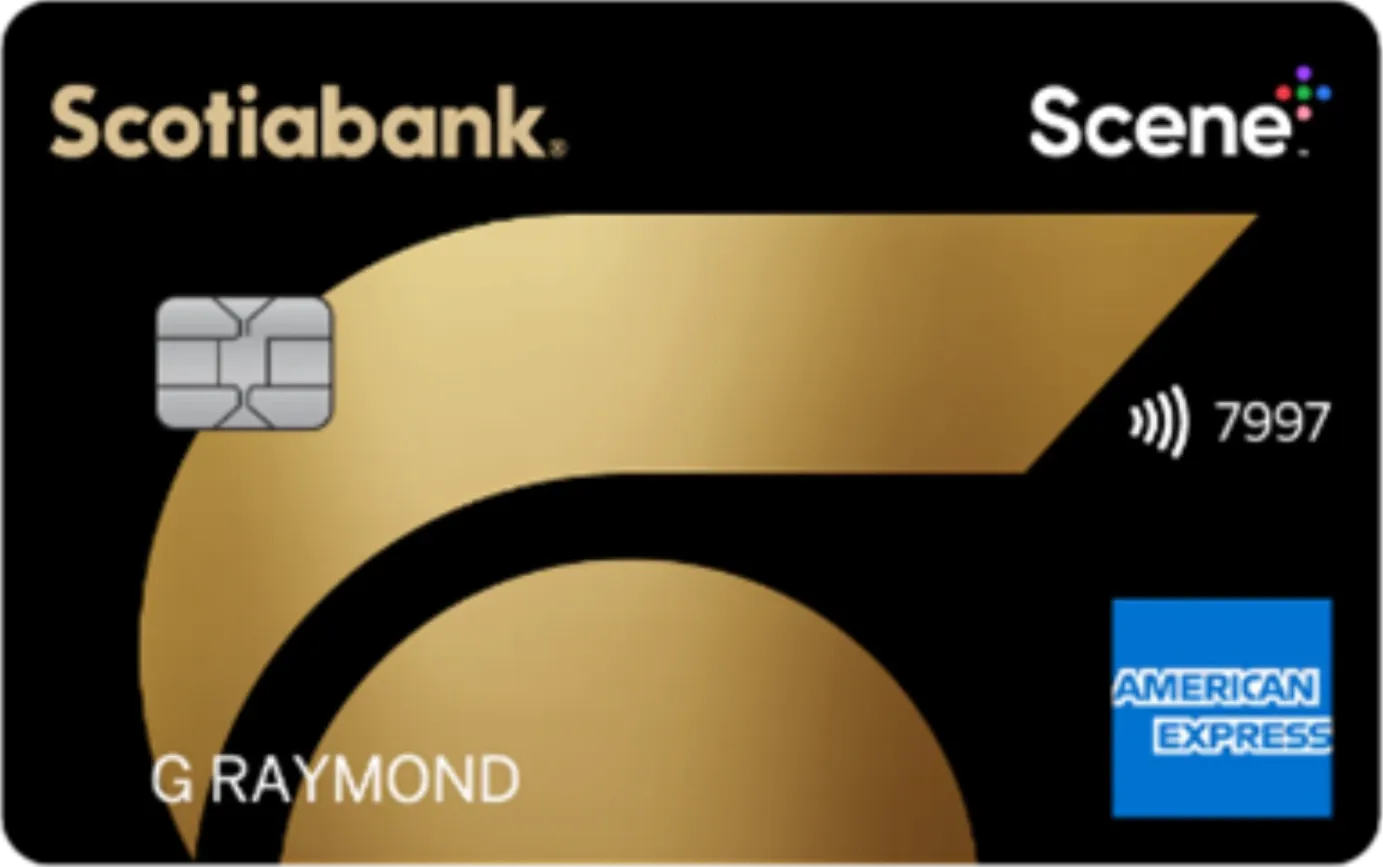
Scotiabank Gold American Express® Card
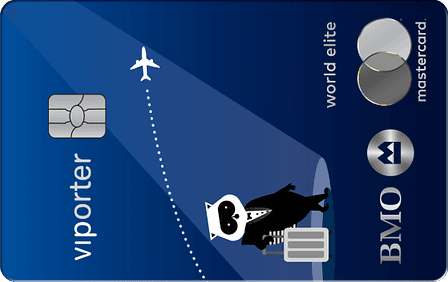
BMO VIPorter World Elite Mastercard®∗
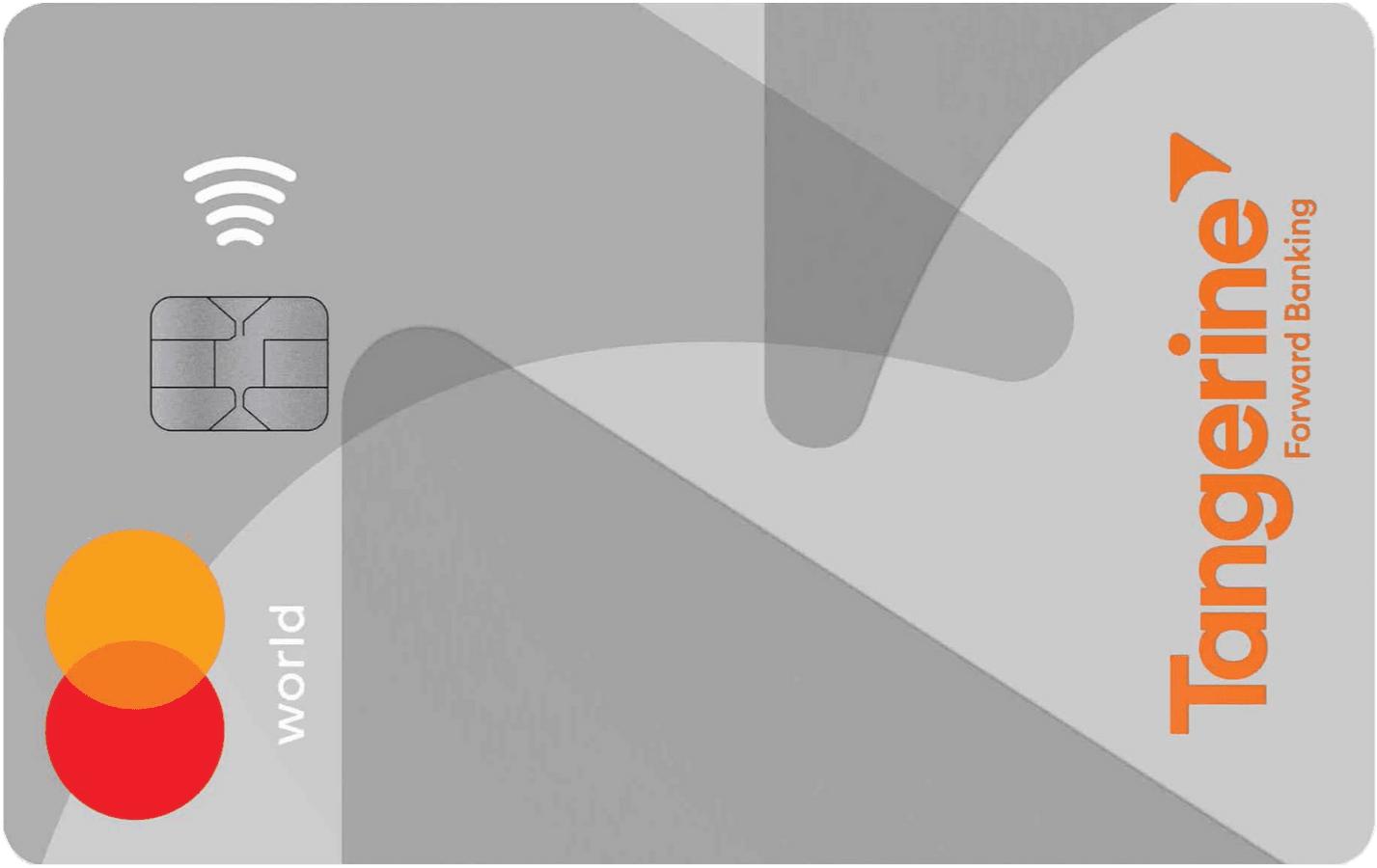
Tangerine World Mastercard
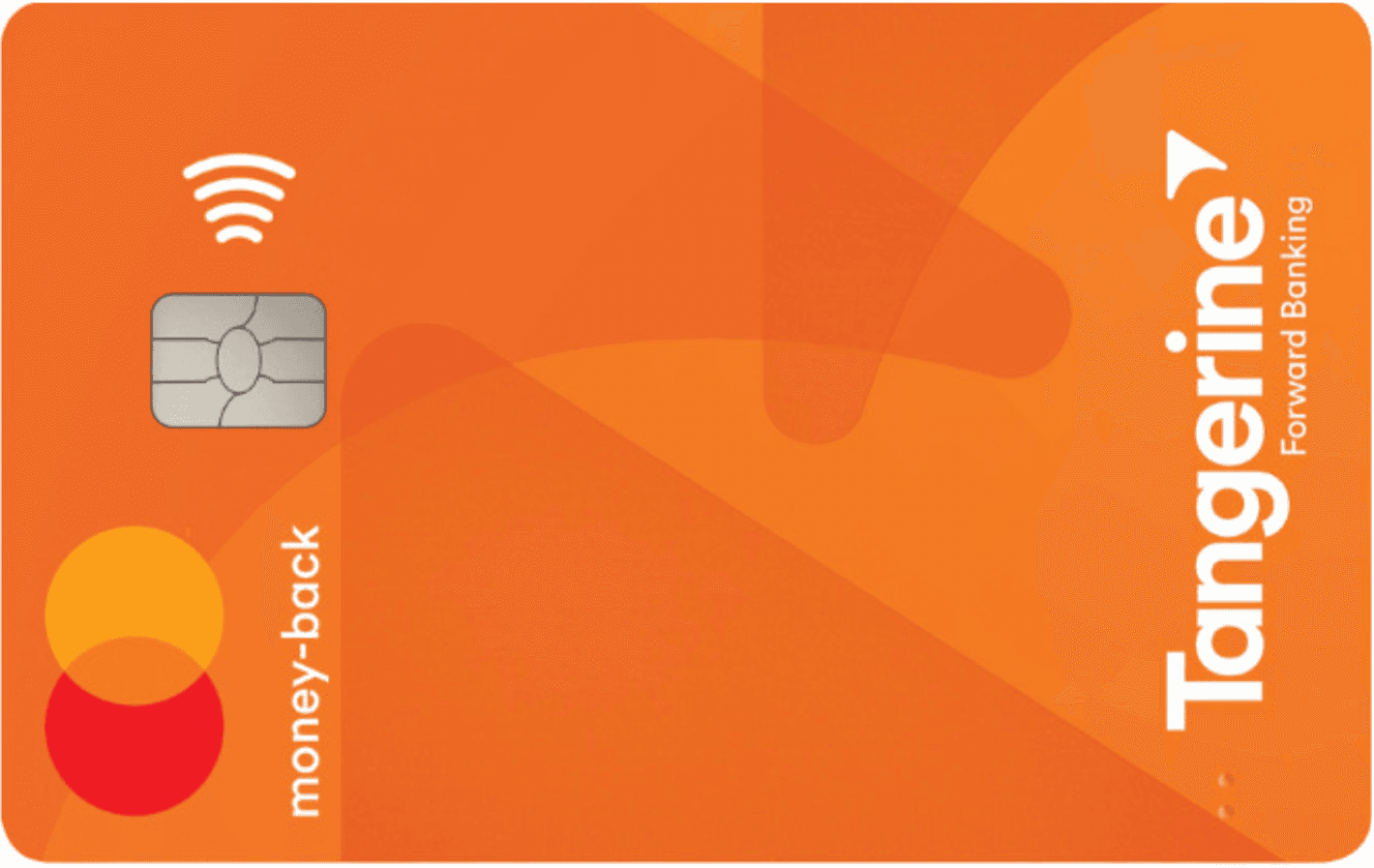
Tangerine Money-Back Credit Card
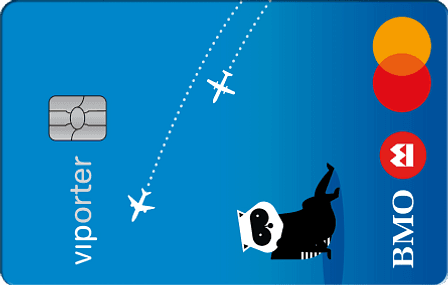
BMO VIPorter Mastercard®∗

Scotiabank Preferred Package Chequing for Student and Youths